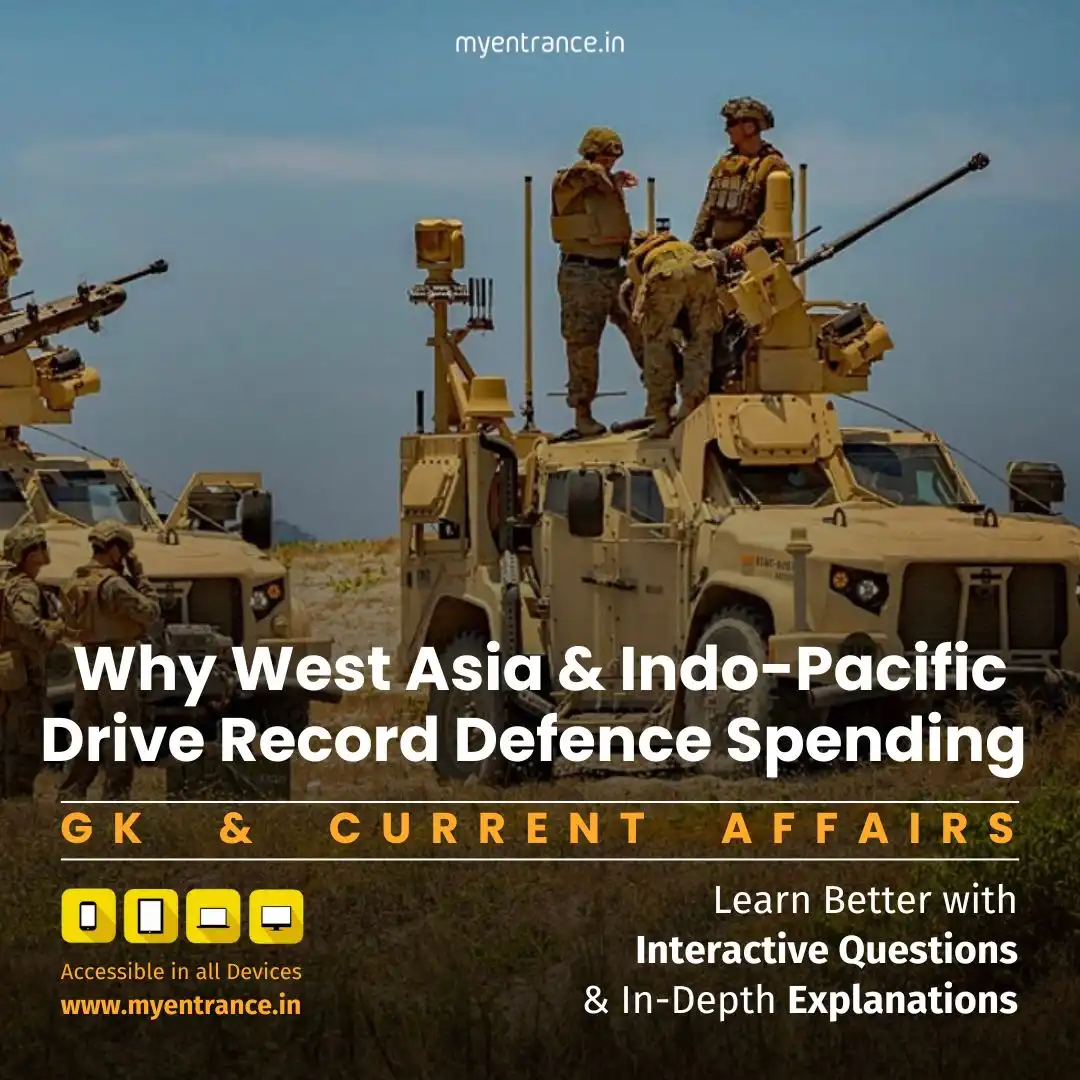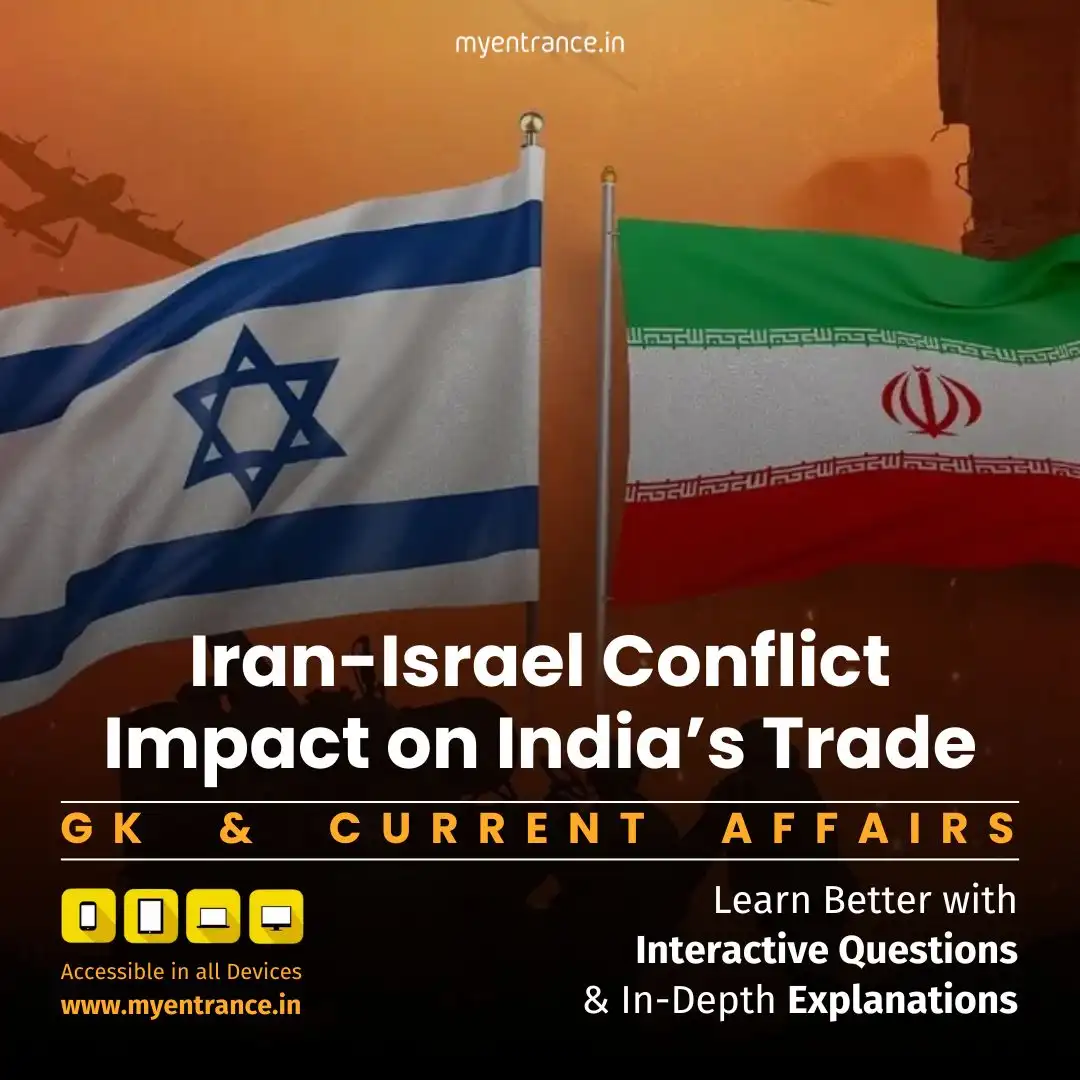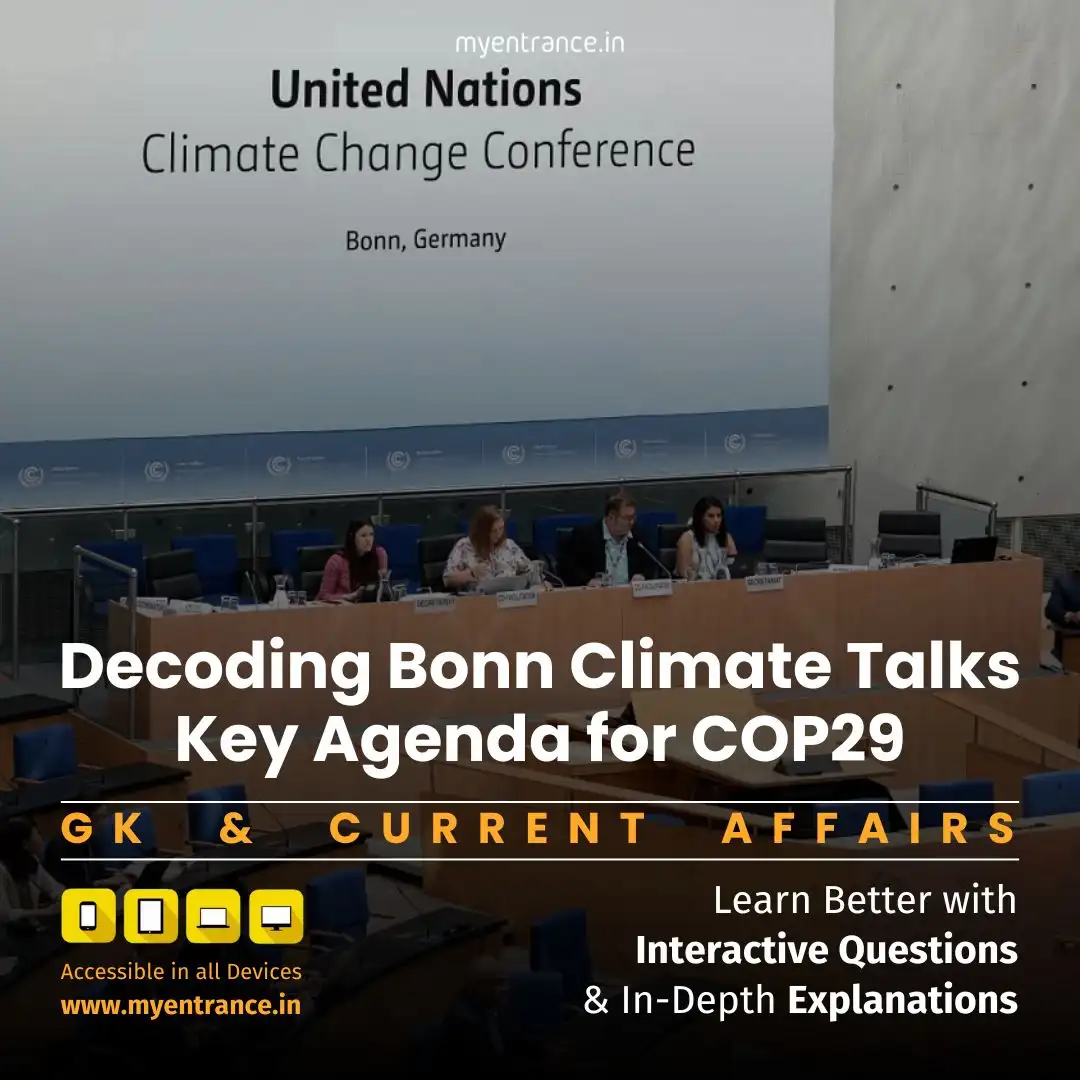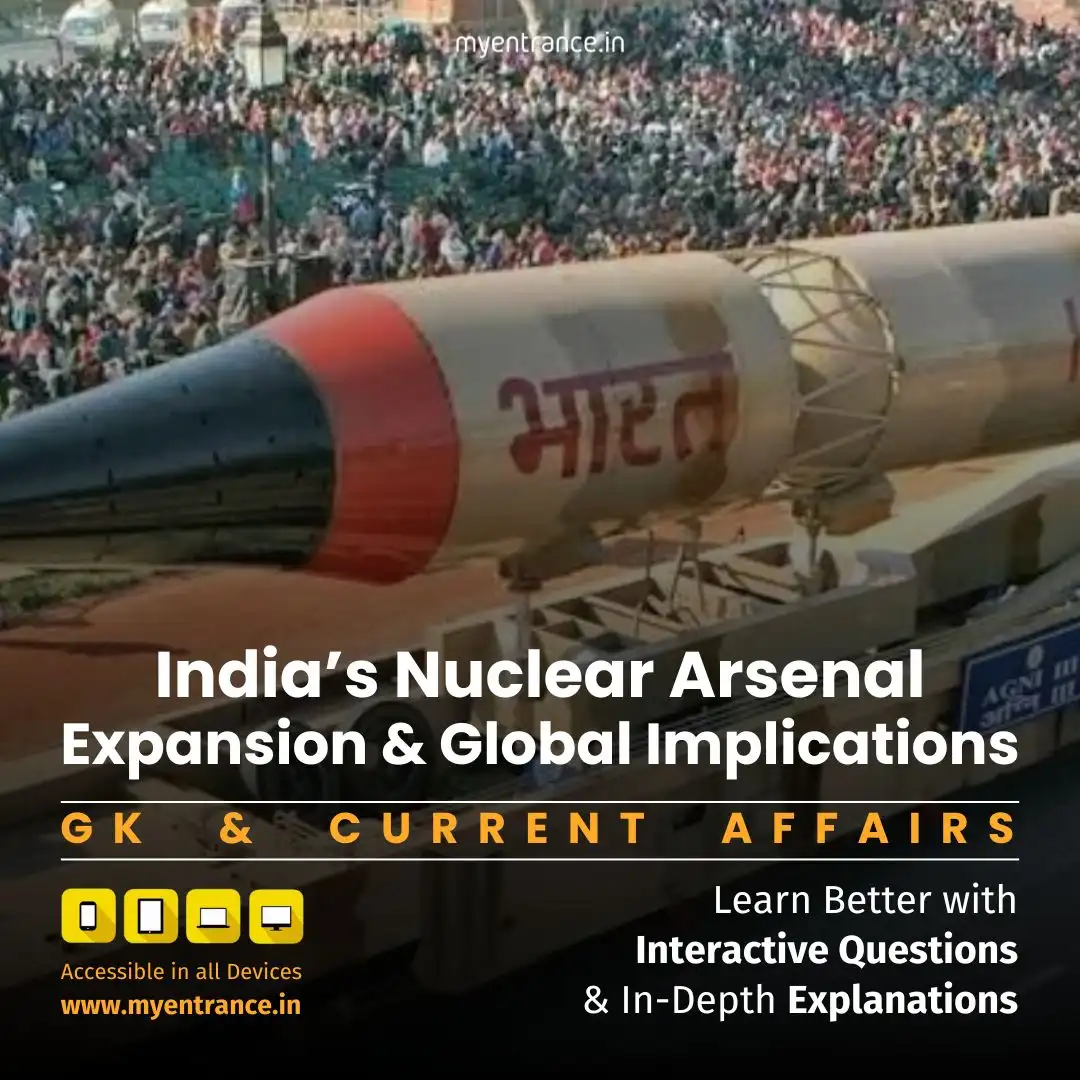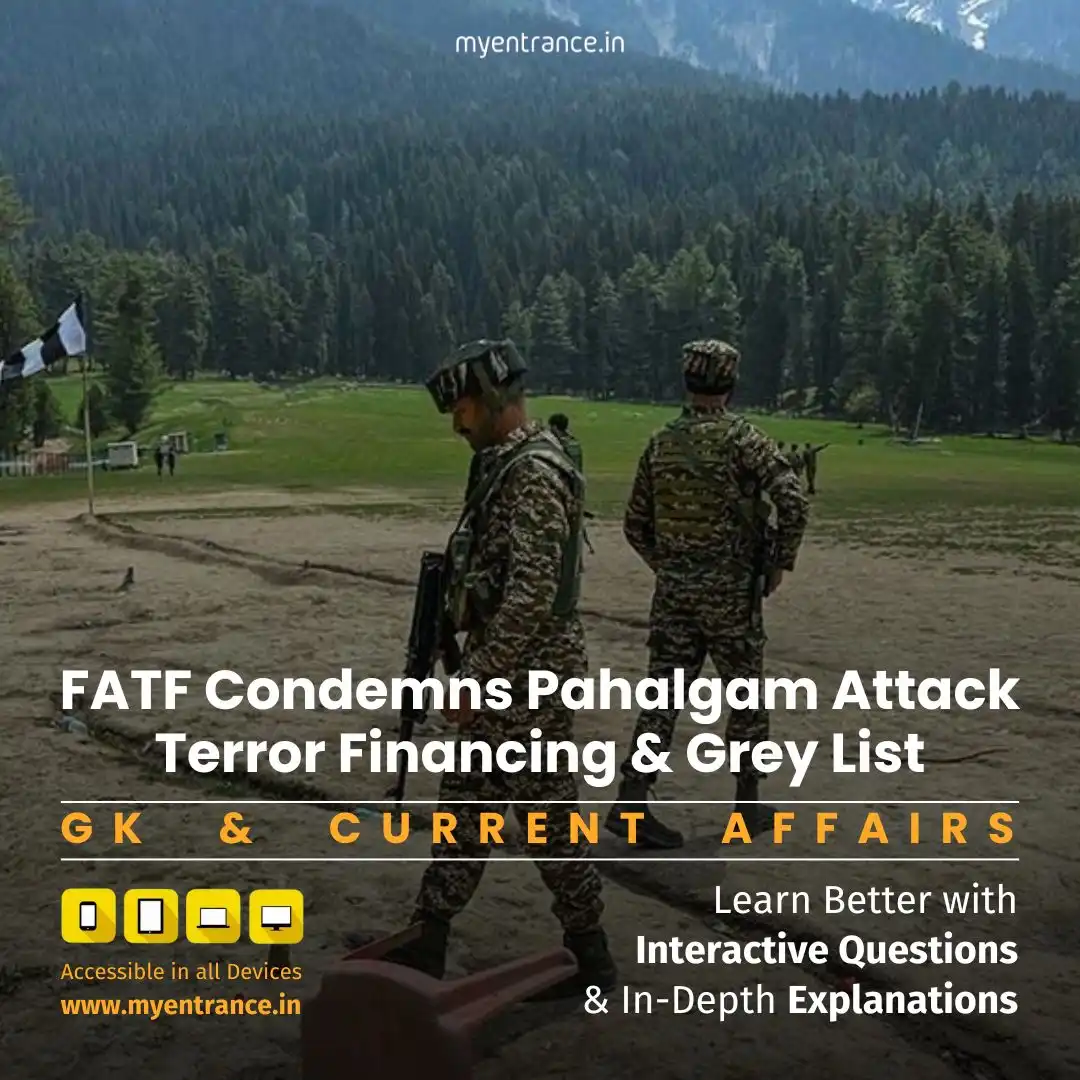Select Language
Global Military Surge: Why West Asia & Indo-Pacific Drive Record Defence Spending
Rising geopolitical rivalries have pushed global defence spending to Cold War levels, with West Asia and South Asia at the epicenter. The Indo-Pacific, home to 7 of the world’s top 10 militaries, faces escalating tensions driven by territorial disputes and nuclear brinkmanship.
Global Military Spending: A New Cold War?
The world spent $2.72 trillion on defence in 2024 – a 9.4% surge – as geopolitical trust erodes. West Asia’s spike stems from the Israel-Gaza war and Iran tensions, while Europe’s 17% jump ties to Ukraine. The US ($997B) and China ($314B) lead spending, but Asia’s share now exceeds 20% of the global total.
South Asia’s Arms Race
India ($86.1B) and Pakistan ($10.2B) drive one of the world’s fastest militarising regions:
India prioritises dual threats: China’s Himalayan border pressure and Pakistani terrorism.
Pakistan plans a 20% budget hike despite economic strain, relying on Chinese support via CPEC.
Modernisation Focus: India’s Navy secured $21B for equipment, aiming for Indian Ocean dominance.
Indo-Pacific: The Core Flashpoint
Home to 7 top militaries, the region’s spending is fueled by:
China’s Assertiveness: 50% of Asia’s spending ($314B) funds A2/AD systems, nuclear upgrades, and South China Sea expansion.
India’s Balancing Act: Maritime security and “Aatmanirbhar Bharat” defence production ($21B target).
Allied Response: Japan (+21%) and Australia boost spending via AUKUS to counter China.
Nuclear Dangers & Territorial Disputes
Asia’s Nuclear Arms Race: China adds 100 warheads/year; India builds missile submarines; Pakistan focuses on tactical nukes.
Maritime Rivalries: China’s IOR ports vs. India’s Andaman-Nicobar command and Malabar exercises.
Securitisation: Undersea cables and seabed resources now face military control.
Urgent Need for Stability
Confidence-Building Measures (CBMs) are critical to prevent escalation:
Transparency in defence budgets.
Joint disaster-response drills.
Hotlines between India-China/Pakistan.
Empowered roles for IORA and ASEAN.
Key Insight: Economic progress stalls when military tensions dominate. Dialogue – not deterrence – ensures long-term stability.
Sample Q&As (Exam-Focused)
Q: What percentage of global defence spending came from Asia in 2024?
A: Over 20%.
Q: Name two factors driving India’s defence modernization.
A: China’s border threats and Indian Ocean maritime ambitions.
Q: Which country inspires Pakistan’s military reliance amid budget constraints?
A: China (via CPEC support).
Q: What is ‘deterrence by denial’ in Indo-Pacific strategy?
A: Using submarines/surveillance to block adversaries’ access to maritime zones.
Q: Which report estimates global nuclear warheads at 12,241?
A: SIPRI (2025).
Most Predicted Questions
Comprehensive study materials, Expert-guided tips & tricks, Mock tests and instant results.
Start your SSC, NIFT, NID, FDDI, PSC journey today with MyEntrance, your ultimate online coaching platform.
